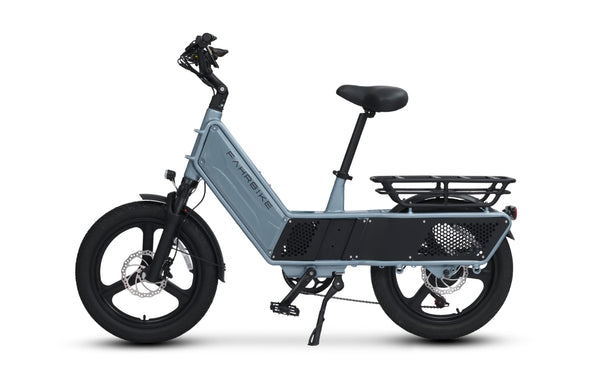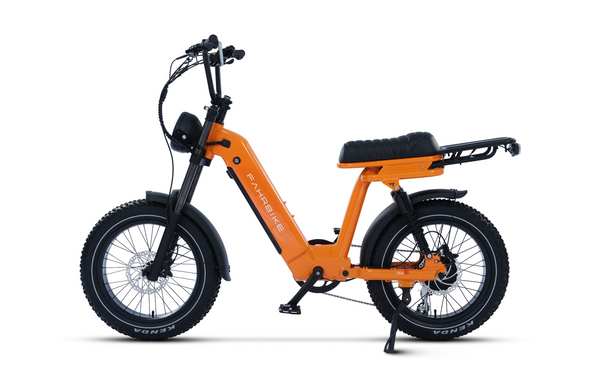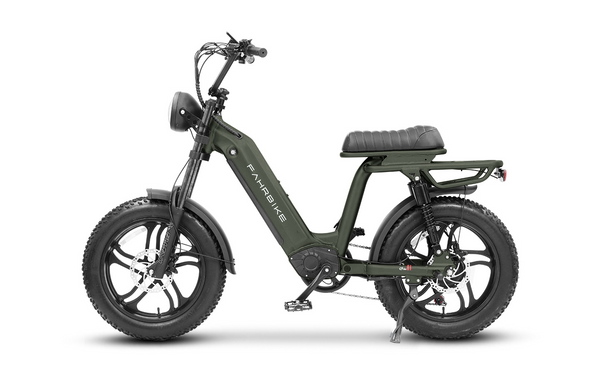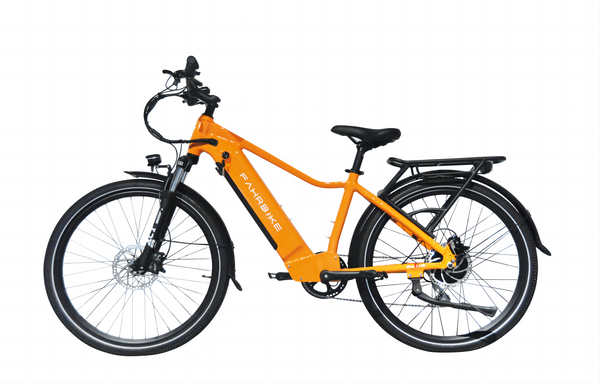Electric bicycles, commonly known as e-bikes, have become increasingly popular over the past few years. They offer a convenient and environmentally friendly mode of transportation, with many riders enjoying the ability to easily navigate hills and long distances with little effort. However, not all e-bikes are created equal, with different classes offering various levels of assistance and regulatory restrictions. In this blog post, we'll explore the differences between Class 1, Class 2, and Class 3 e-bikes, and what you need to know before making a purchase.
E-Bike Classes: What Are They?
E-bike is incredibly diverse, and each country has different ways of classifying them. These classifications help distinguish between various e-bike kinds and their capacities. Contrary to popular belief, e-bikes are not categorized based on size or frame. Instead, these different e-bike classes are based on their top speed and the existence of throttles or pedal-assist. Depending on the state or region you're riding in, the various classifications of e-bikes have to follow state laws. Therefore, it's crucial always to be aware of local laws before riding.

Class 1 E-bike
Class 1 e-bikes are the most basic type of e-bike, and they provide electric assistance only when the rider is pedaling. These bikes are limited to a top speed of 20 mph and a motor power output of 750 watts. Class 1 e-bikes are allowed on most bike paths, lanes, and trails, but they are generally prohibited from natural surface trails and off-road areas.
Class 1 e-bikes are ideal for riders who want a little extra assistance while pedaling, such as those who commute to work or those who want to enjoy recreational rides without getting too tired. They're also a great option for those who want to stay within local regulations, as they are often permitted on most bike paths and trails.
Class 2 E-bike
Class 2 e-bikes are similar to Class 1 e-bikes in that they also have a maximum speed of 20 mph and a maximum motor power output of 750 watts. However, Class 2 e-bikes are equipped with a throttle that can provide electric power without pedaling.
Class 2 e-bikes are generally allowed on many of the same bike paths and trails as Class 1 e-bikes, but they may not be permitted on natural surface trails and some bike lanes. They're ideal for riders who may have difficulty pedaling, such as those with injuries or disabilities, or those who simply want an easier mode of transportation.
Class 3 E-bike
Class 3 e-bikes, also known as speed pedelecs, are a step up from Class 1 and Class 2 e-bikes. They can provide assistance up to a top speed of 28 mph, with a maximum motor power output of 750 watts. However, Class 3 e-bikes are only allowed on roads, bike lanes, and bike paths, and they're generally not permitted on natural surface trails or off-road areas.
Class 3 e-bikes are great for those who want to travel longer distances or who want to ride at a faster speed. They're typically used for commuting, touring, or longer recreational rides. However, it's important to note that Class 3 e-bikes are subject to stricter regulations and may require a special license or registration in some areas.
Class 3 e-bikes, like class 2 e-bikes, are intended for users with more experience. Fahrbike Terra all-terrain electric bike is an example of Class 3 fat tire ebike and is suitable for all-terrain.

Which Class Is Right for You?
When considering which class of e-bike to purchase, it's important to think about your intended use. If you plan to use your e-bike primarily for commuting or recreational riding on bike paths and roads, a Class 1 or Class 2 e-bike might be a good option. However, if you want to use your e-bike for off-road riding, a Class 3 e-bike would not be suitable.
Another factor to consider is local regulations. Laws regarding e-bikes vary by state and city, and it's important to know the specific regulations in your area before making a purchase. Some areas may have restrictions on certain classes of e-bikes or limit where they can be ridden.
Conclusion
When considering purchasing an e-bike, it's important to understand the differences between Class 1, Class 2, and Class 3 e-bikes. Each class offers different levels of assistance and is subject to different regulatory restrictions. By understanding these differences, you can make an informed decision about which e-bike is right for you and your intended use.





